The past few years, the idea of being a responsible traveler has hit the headlines.
And, with the global climate crisis now finally getting the attention it deserves, we’re way overdue applying these principles to our own travel.
There are plenty of articles that offer sustainable travel tips covering many aspects of what it means to be a conscious traveler.
We’re told to avoid cruel wildlife attractions, kick the habit of single-use plastic by opting for a travel water filter and a no-plastic kit, and focus on avoiding the most popular destinations because they’re being damaged by overtourism (yes, yes and yes – I’ve written loads about going off-the-beaten-path).
While this growing array of articles about becoming a responsible tourist are a great start, there’s far more to it. Sustainable tourism is not just about the environmental impact of travel. It’s about the human impact, too.
But how can we be more ethically sustainable and responsible when we travel abroad?
Firstly, what is responsible tourism?
Travelling responsibly, distilled to its most fundamental form, is that when you visit a new country and the impact of that visit is positive.

It’s as simple as that.
The money you spend should go into local people’s pockets. Your visit should aim to enhance the quality of life – whether financially or culturally – of the people that you meet. Your time spent in the country should not cause damage to the environment.
Easy, right? But what does this look like in practice?
What I’ve learned over four years of continual travel is being a responsible tourist or visitor comes down to choices.
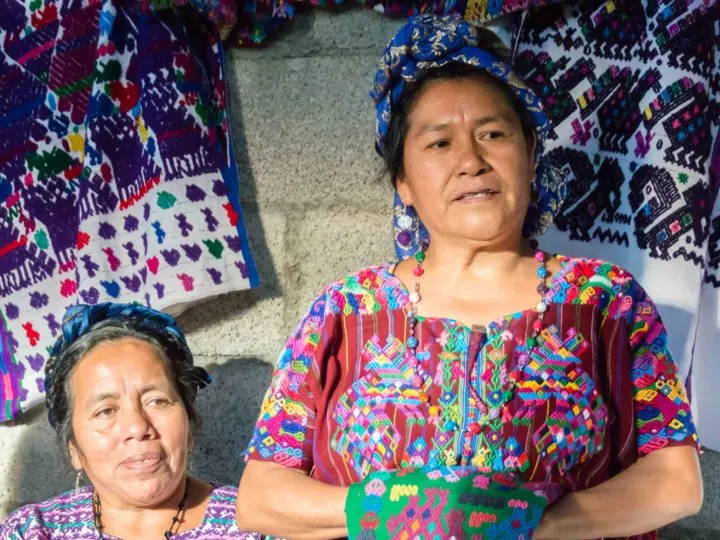
Every choice that you make can and will have an impact and it’s down to you to recognise this before you make them.
So how can you be a responsible traveler?
I’ve noticed that a lot of articles on the subject of sustainable and responsible travel tips skim over community-based tourism.
This is where local people are directly involved in running small-scale tourism operations, whether homestays and guesthouses or tours.
It is a mutually beneficial style of tourism. The traveler can learn about a destination and its culture first-hand; the local people can preserve that culture and use it as a means of earning a sustainable income.
It’s also helps you to be sure that your hard-earned money is going directly into the deserving pockets of the local people. A lot of the time, this isn’t the case – and the money you spend is instead sucked out of the country by international hotel chains or businesses with no interest in preserving and protecting the livelihoods of the country’s people.
If you really want to be a responsible tourist and contribute to the long-term sustainability of tourism, I personally don’t think you can do better than spending your money on a community level.
Doing this also links directly with the growing trend of cultural tourism. This is the idea of traveling to learn more about the lifestyle and heritage of a certain place, be it the art, festivals, values or history that are representative of that culture.
This is what most of us are seeking when we travel anyway, right?
UNESCO recognised 2019 as the year that culture became a driving force for tourism, with visitors now increasingly searching for authentic cultural encounters. It hardly needs to be said that the best way to learn about a new country and its culture is with conversations with the local people themselves.
Interestingly, it’s also a type of tourism that the International Experts for Research Enrichment and Knowledge Exchange (IEREK) describes as being central towards “creating cohesion amongst the world’s inhabitants”.
Not to get too political here, but I really think it’s a good time in the history of the earth to start focusing on this.
Planning Your Trip to South America?
Save time, stress & money with a customized travel itinerary planned for you by a South America expert
How can you organise a responsible vacation with more opportunities to meet and engage with local people and communities?
In my experience, the biggest barrier to engaging with local people in South America is a lack of access. By this I mean that it can often be really difficult to find community-based projects, many of which have little to no internet presence.
A lack of language skills can also be a problem. Many of the community tourism experiences I’ve had have relied upon my fluent Spanish – and I know that learning an entirely new language just for the sake of one holiday to South America isn’t practical.
I’d strongly recommend you do it (seriously, learning Spanish was the best decision I ever made!) but it’s not exactly a likely strategy for most people.
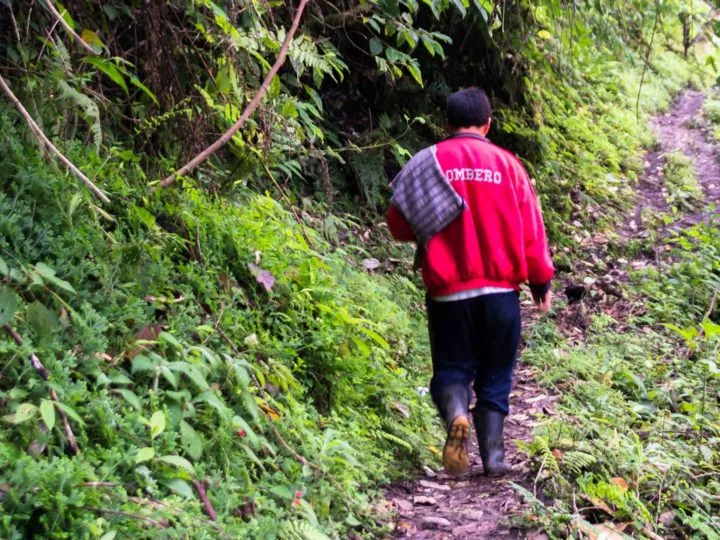
Transport can be another. Many community tourism projects are, by their very nature, in rural areas and navigating what can be a truly complicated – and mind-boggling – transport system can make it virtually impossible to even get there in the first place.
Again, Spanish helps, but I can’t even begin to count the number of times that I’ve found myself utterly baffled by directions, even when I understand them!
But all is not lost.
Using my own experiences during my travels across South and Central America as a blueprint, I’ve put together the following five travel tips for how you can be a responsible tourist.
They focus on both supporting local communities and engaging on a more local level in the destinations that you visit.
1. Start by just visiting places where most tourists don’t go
This is one of the central tenets of Worldly Adventurer – and I’m always banging on about going beyond-the-beaten-trail.
You want to see the reality of a country?
Switch up your perspective. I started to love travel more when I disregarded the destinations so widely considered as “must see” and instead focused on places where no one else seems to go.
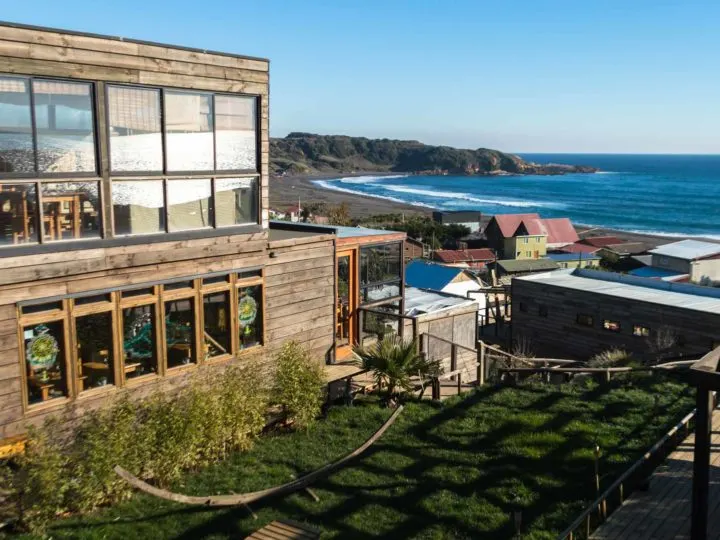
As I wrote in a recent post about Chile’s most dazzling under-the-radar places, there are destinations that are equally – if not more – beautiful than better-known ones such as Torres del Paine National Park – and blissfully free of hordes of tourists.
But what is even better is something that Seth Kugel mentions in this article about making travel less predictable: local people are far more curious about tourists when they aren’t hordes of them.
Believe me: you’re far more likely to strike up a conversation, be invited in for tea or shown around a destination by an amiably local when you’re in the middle of nowhere.
How does this work in practice?
This can be as easy as going to a new neighbourhood or even just stepping into a restaurant that’s not on Tripadvisor.
I remember in Japan years ago (well before anyone used Tripadvisor) entering a tiny little restaurant a few streets away from the base of the famous Fushimi Inari Shrine just outside of Kyoto. It had space for five diners on stools along the bar and no menu.
I almost turned and walked straight back out again, but one of the other diners stopped me, helping me in broken English to decipher what was on offer – and helping me eat what was easily the best meal I ate during my time in Japan.
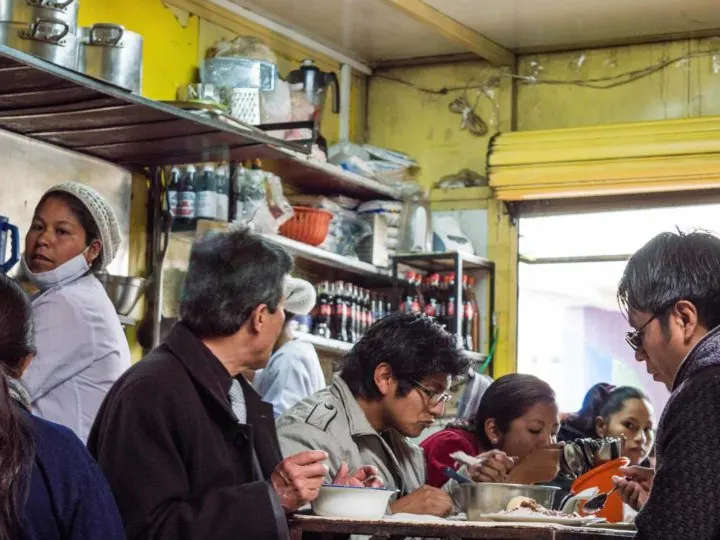
You can also just take your chances on picking a destination at the bus stop and seeing where you end up, although it’s always worth knowing that you can get back though, in the event that there isn’t any accommodation at your destination.
Another option – and a personal favourite – was always to pick places in my Rough Guide that only received a few sentences and heading out to visit them. I was rewarded with some spectacular places and truly unique experiences (one of which almost saw me crack me head open – but that’s another story).
The added bonus of this approach to being a responsible traveler is that you’re spreading your tourist money around to destinations that normally wouldn’t benefit.
Secondly, you’re helping to overcome overtourism – a word that, lest we forget, was shortlisted by the Oxford English dictionary as their Word of the Year 2018.
2. Choose to go on tours to, and run by, local communities
A more organised way of engaging with local communities and travelling responsibly is to opt for a tour that either visits them or is organised by them in the first place.
There are several positives to this responsible travel choice. Firstly, on an economic level, all of the money you spend – whether on the trip itself or at services, restaurants and hotels in the local area – goes directly into local pockets. This provides a valuable boost to the local economy.
Secondly, that boost also helps to strengthen communities. If a young person of working age sees that there are job opportunities within their rural village, as opposed to 100 kilometres away in the capital city, they’re far more likely to stay put and build their lives and businesses there.
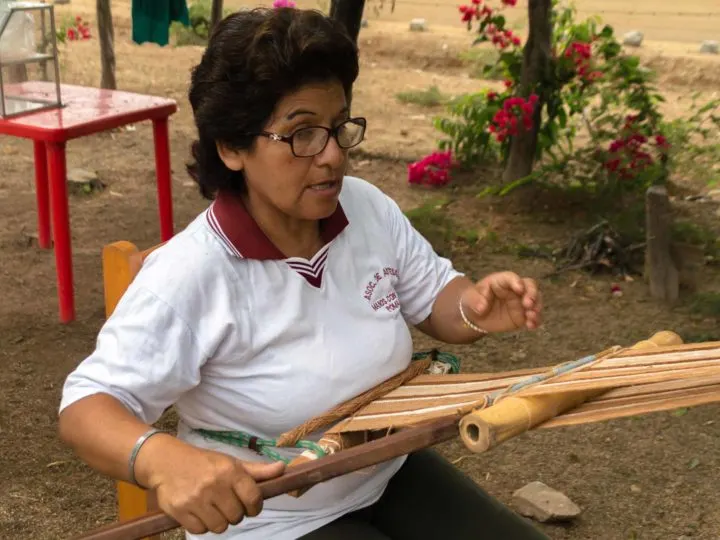
This helps to support and maintain the local culture and the fascinating way of life of those people – which was likely one of the reasons you wanted to go there in the first place.
Your interest in that community, therefore, goes a way towards guaranteeing that their traditions and shared history survives.
This is also aided by the fact that these communities are being given the space to define their own cultural identity and what needs to be done to protect this heritage.
I’ve seen this on numerous occasions. A community-based tourism project in an indigenous Mapuche community on the shores of Lago Budi in Chile allowed me to visit an organic community garden and the plants for both medicinal and spiritual uses – key features of Mapuche culture.
The women of Santo Domingo Xanacoj’s weaving community taught me about how they were reviving Maya textile patterns in Guatemala.
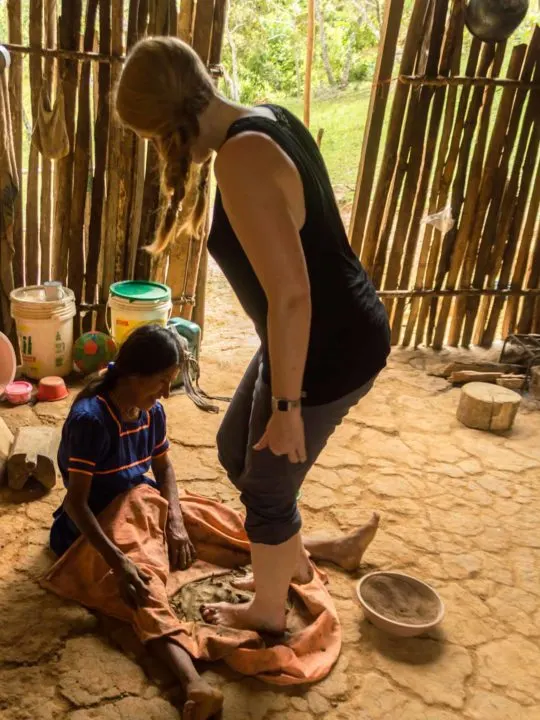
I also learned about the local culture and their appreciation of the environment on a hike to a concealed waterfall accompanied by a knowledgeable local guide from the village of Cuispes when I visited Yumbilla Falls in Peru.
On the same trip, I made pottery using locally-sourced clay in the home of Doña Petrona, the only woman left in the village who knew this ancient tradition – both as part of tours I took across northern Peru.
Interestingly, community-based tourism is often more environmentally sustainable, too. Consider the fact that, if local people are in charge of managing tourism and making decisions about its implementation, they are likely to be more invested in practices that are less damaging to the local environment.
They have to live there, after all and it’s in their best interests to conserve and protect.
Again, I saw this in Guatemala, where a tourism project led by a group of families in San Juan La Laguna on the shores of Lago Atitlan played a central role in conservation.
They cleaned the lake four times each year, reforested the surrounding hillsides and spent 15 days per year teaching about environmental sustainability in the town’s schools.
What does this look like on a practical level?
You need to start by researching companies that are leading responsible tours and are committed to supporting community-based tourism projects by giving them a fair proportion of their profits.
You can often do this with a short visit to the tourist office or by checking out one of the slew of articles about beyond-the-beaten-trail and responsible tourism on here.
If you’d prefer to organise tours before you set out on your trip, companies such Impulse Travel in Colombia have a wealth of tours designed to support communities in building sustainable tourism opportunities in areas of the country that, until now, were unsafe due to conflict.
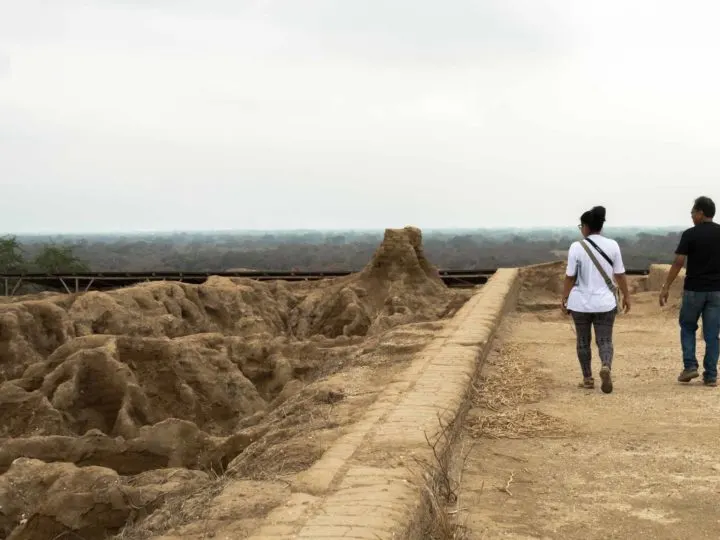
This is probably one of the only areas of travel in South America where I would recommend you go through a tour agency. Generally, you can find tours for a cheaper price if you book them locally.
However, with community-based tourism, you’ll find many tours have yet to become widely promoted, so you’re unlikely to learn about these projects unless you know where to look.
Either way, do your research before you commit to be certain that they are truly committed to supporting local communities.
You should be wary of any that involve local people dressing up in ancestral costumes for tourists. In many cases, this is no longer a feature of their day-to-day life, but one that has been continued (or even started) to entertain tourists – a voyeuristic practice, rather than a truly authentic insight into their culture.
3. Choose homestays and guesthouses over international chain hotels
This is a key tenet of responsible tourism, as this approach means you’re not lining the pockets of companies and people who have no cultural investment in the country.
Instead, a homestay or a locally-run guesthouse promises a far more authentic interaction – often over someone’s breakfast table.
I can’t even begin to count the number of fascinating conversations and experiences I’ve had as a result of staying in one of these places.
One was a wonderful host, Marlen, in Cochrane along the Carretera Austral in a tiny bed and breakfast called Hostal Beraca.
It was converted from her family home and she cooked us kuchen, fresh bread and sopapillas with homemade jam each morning, and even fed us salmon pasta and apple strudel when she made them for herself, spending hours chatting to us about life in that remote corner of Patagonia.
I’ve rarely felt as welcomed into someone’s home as I did during those few days in Cochrane.
How does this work in practice?
Booking.com and Hostelworld are a good start, as there are an increasing number of locally-run hotels available on these sites.
However, if you want a truly unique experience, search on Google maps where you’ll find family-run establishments that aren’t yet on the internet – and you’ll need a local sim card (and Spanish) to call up and book, or you can sometimes just turn up.
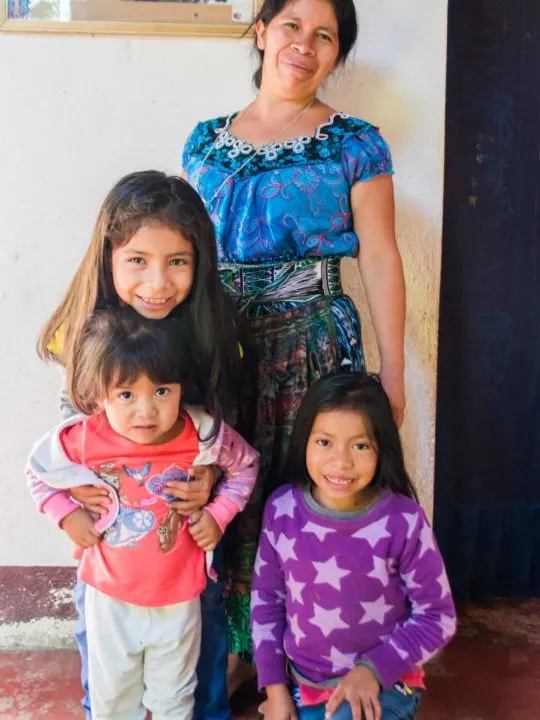
Homestays can be more complicated to organise but these types of experiences are often on offer through companies such as Better Places Travel or you can often find more information about staying with indigenous families or communities through the local tourism board.
4. Go local in every way possible
Spending money locally is a great way to ensure your cash goes to where it’s needed most, either into the pockets of the ladies who run breakfast and lunch stalls in the local market or the women who spend hours knitting delicate alpaca jumpers and selling them on stalls surrounding the town’s main square.
Buying local also means using local people in your plans as much as possible, whether they are guides, taxi drivers or hosts.
What does this look like in practice?
Go to “local” eateries. Markets, picadas (an informal restaurant in Chile), street food stalls and other non-conventional tourist destinations are an excellent way to interact with local people and local culture.
The food is often better in these types of places, anyway, and you also won’t see a sanitised version of dining that has been moulded to fit what they think tourists want.
And believe me, you don’t want to miss the steaming, deep-fried empanadas (savoury pastries) in Chile, anticucho skewers (beef hearts) in Peru or a delicious papa rellena (deep-fried mashed potato filled with minced beef) in Bolivia.
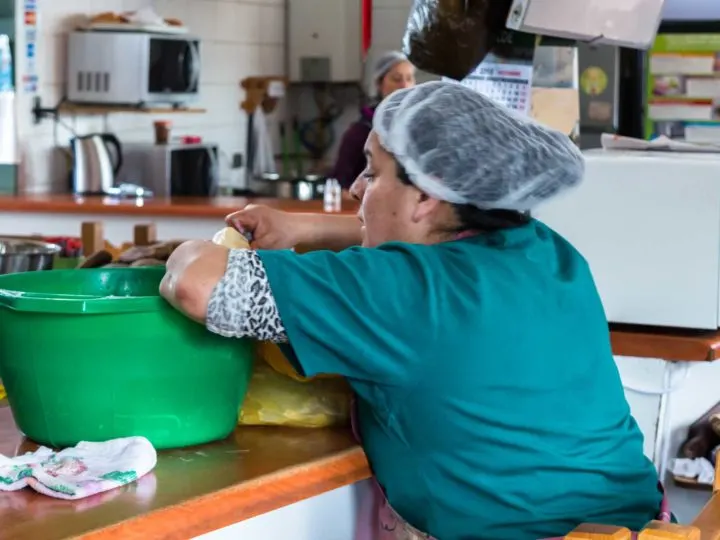
Another important step is to hire local guides. Now that I offer a travel planning service for trips to South America, I’ve been asked on a number of occasions by readers about whether I also offer guiding services in countries.
As fascinating and rewarding as I know that this could be, it’s not something that I would consider.
Responsible tourism is about boosting the local economy and also recognising local expertise. If I were to work as a guide, I would be taking away work from local people who have a much wider, more informed and more interesting perspective than I as a foreigner could ever provide.
Instead, you can find local guides through word-of-mouth by chatting to other travellers or contacting locally services listed in your guidebook.
Finally, buying locally is important when it comes to handicrafts. When I visited Guatemala, I learned how even the markets in Antigua Guatemala – somewhere you would assume to be local enough to be an ethical choice for buying souvenirs – are actually undercutting the prices of the female weaving collectives in the local villages. By buying crafts from those markets was actually giving the local women a really bad deal.
Instead, I found out how it’s important to go directly to the source and buy from stalls and shops where you can actually see the artisans at work. If you can’t see anyone working, then it’s likely that the items don’t come from anywhere nearby – and, in all likelihood, are mass-produced in China in the first place.
5. Promote places and help them achieve success
Finally, an important way of supporting responsible travelling is to promote the places you visited.
As we’ve noted above, many responsible tourism operators are not widely searchable on the internet and it can be very difficult for them to get much exposure on platforms frequented by international travelers.
So, if you want to guarantee the success of a community-based tourism project, do your best to send other like-minded, responsible travelers to experience it themselves.
What does this look like in practice?
Be mindful, however. If you have thousands of Instagram followers, promoting a destination to your fans might not be what that small, rural village needs.
Instead, mention it to friends who you know travel in a sustainable, ethical fashion and who would appreciate the experience.
There are so many places that I’ve visited that I’ve not written about because I’m conscious of not rocking the already delicate balance between increased tourism and continued sustainability.
Many places are not yet ready to welcome many more tourists, so you need to be careful and considered in which ones you do promote to others.
With a sensitive approach, we can all play a powerful part in supporting sustainable tourism – an act that can only help to make travel a key player for doing good in the world.
This article was written in collaboration with Better Places Travel. As ever, all of the opinions, travel tips and recommendations that I make in this article are my own.
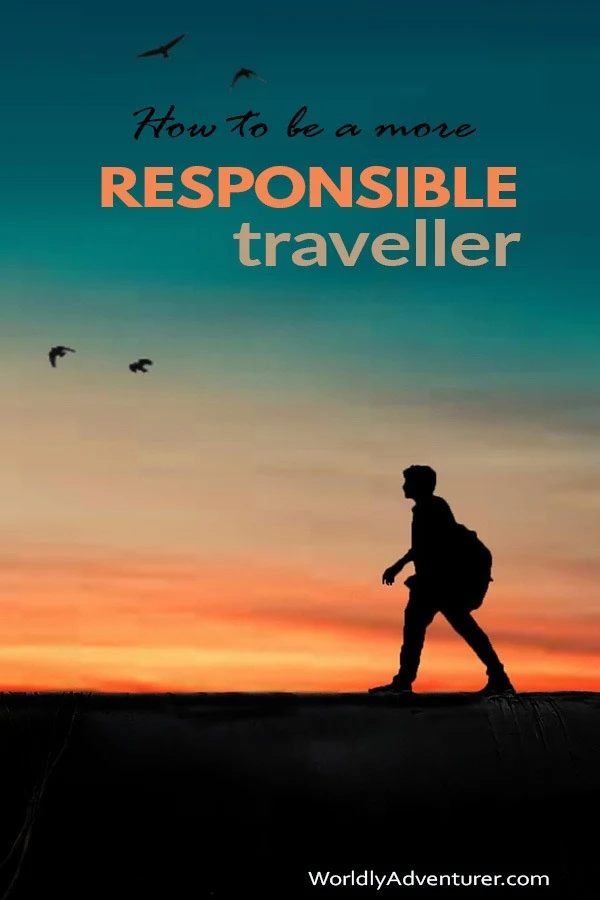

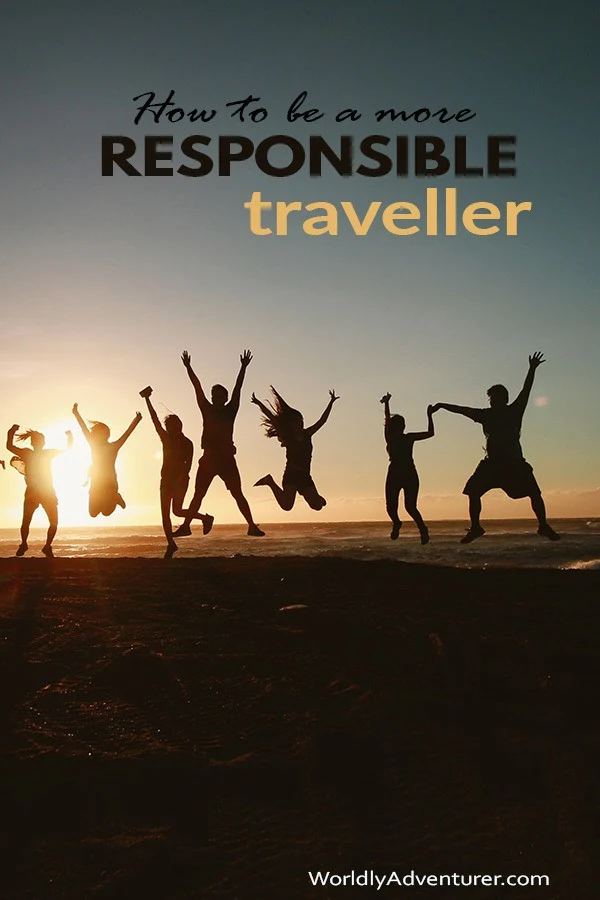
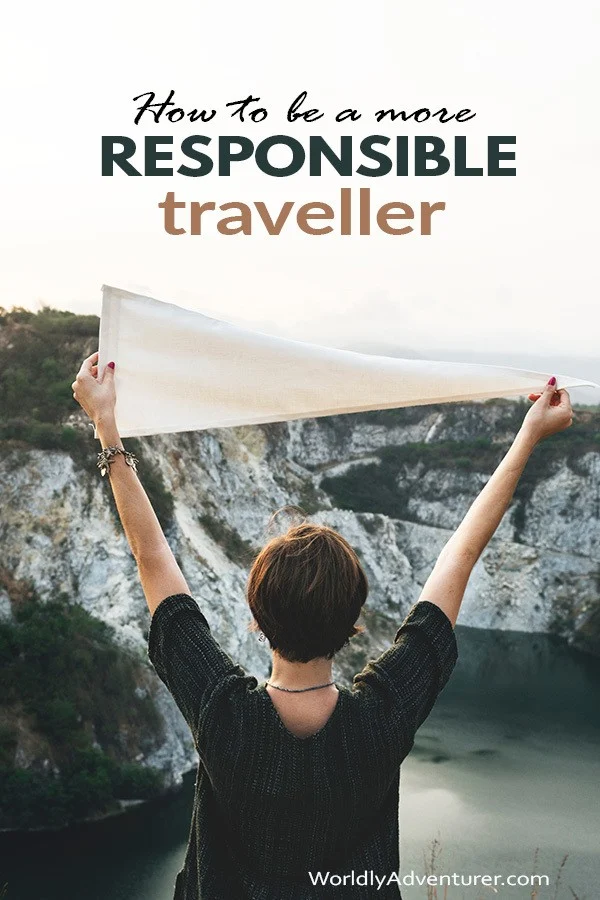
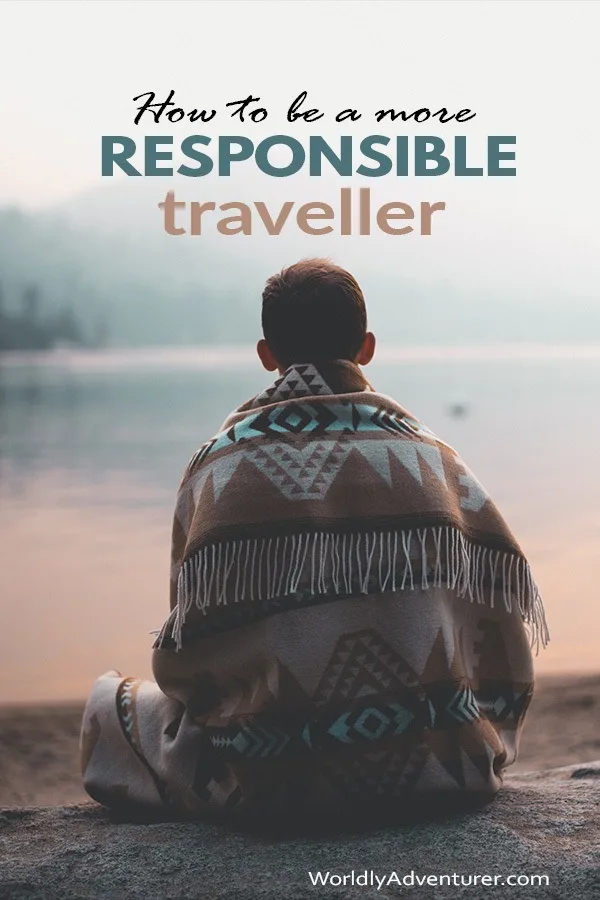
Dave Meader
Monday 11th of September 2023
I've had a chance to travel widely and appreciate what you're trying to do here, and I'm guessing succeeding. And I'd like to suggest another way of traveling responsibly, especially in your last point about helping the locals succeed. I found that volunteering for non profits in the area was a great way to support what locals are trying to do for themselves. If we can do that with TRULY humble, respectful, compassionate, helpful in ways they want to be helped attitudes, then I found the rewards are huge. As I'm sure you know, there are lots of organizations that will support that, but I found that I could do it much cheaper on my own. Just takes a little initiative to seek out the leader of a nonprofit and offer your services. I used the local Facebook expat group in Thailand to find one there. Thanks for writing! We need to support others respectfully as we travel and explore!
Steph Dyson
Thursday 23rd of November 2023
Thanks Dave, I totally agree! Steph
Tina Twovelers
Monday 29th of April 2019
Hello :) Thank you for this amazing article. It is full of useful tips. I wrote similar article to my blog, but I found lot of new info in your article. Mainly about responsible traveling in Peru where I plan to travel, I will definitely use them.
Take care.
Tina
Amy
Tuesday 29th of January 2019
Hello!
Firstly, this is a really lovely article - currently travelling around South American and trying to make sure that it's as positive an experience for the people and places we encounter as it is for us, so these are all really helpful bits of advice!
One thing I wondered if you'd consider adding, as I notice it's missing a lot from travel blogging in general, is encouraging people to travel overland. So many of the beautiful places we visit are already feeling the impacts of climate change and in most cases it will be poorer communities in remote locations who will be most devastatingly affected in the long term. Obviously when we're away we want to see it all but flying has such a HUGE environmental footprint and as travellers I think we need to talk about it more. Plus, while you might not get as far, bus journeys let you see so much more of the landscape and offer so much more opportunity for adventure and interaction.
Thanks again for all your great advice, in this article and beyond!
Steph Dyson
Wednesday 30th of January 2019
Hi Amy, I think this is a great point and definitely one that we need to think about more! I agree that environmental impacts are disproportionately affecting rural communities and overland travel is a really important way that we can reduce that. Thanks so much for your insightful comment Amy! Steph